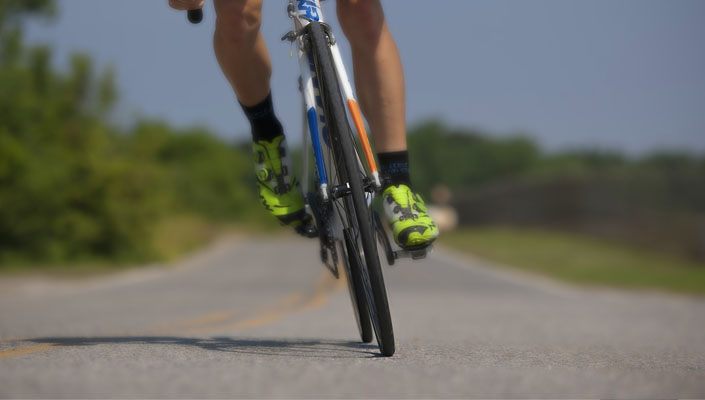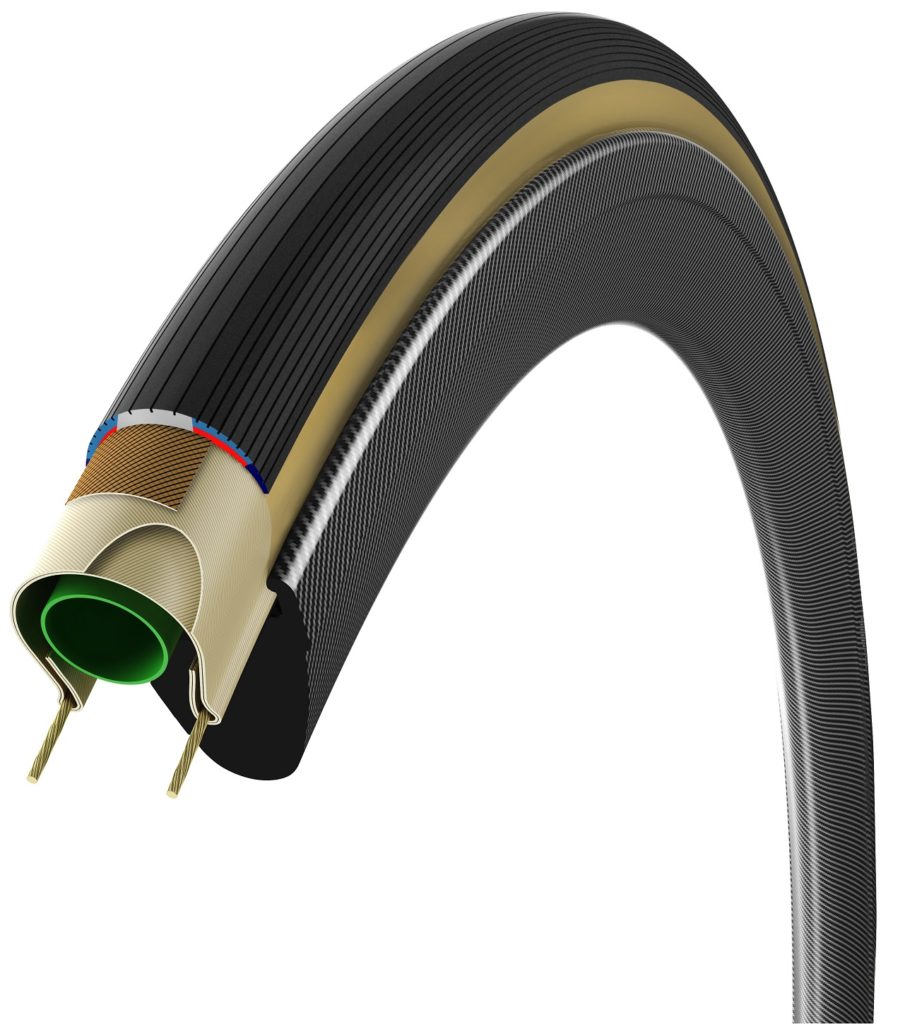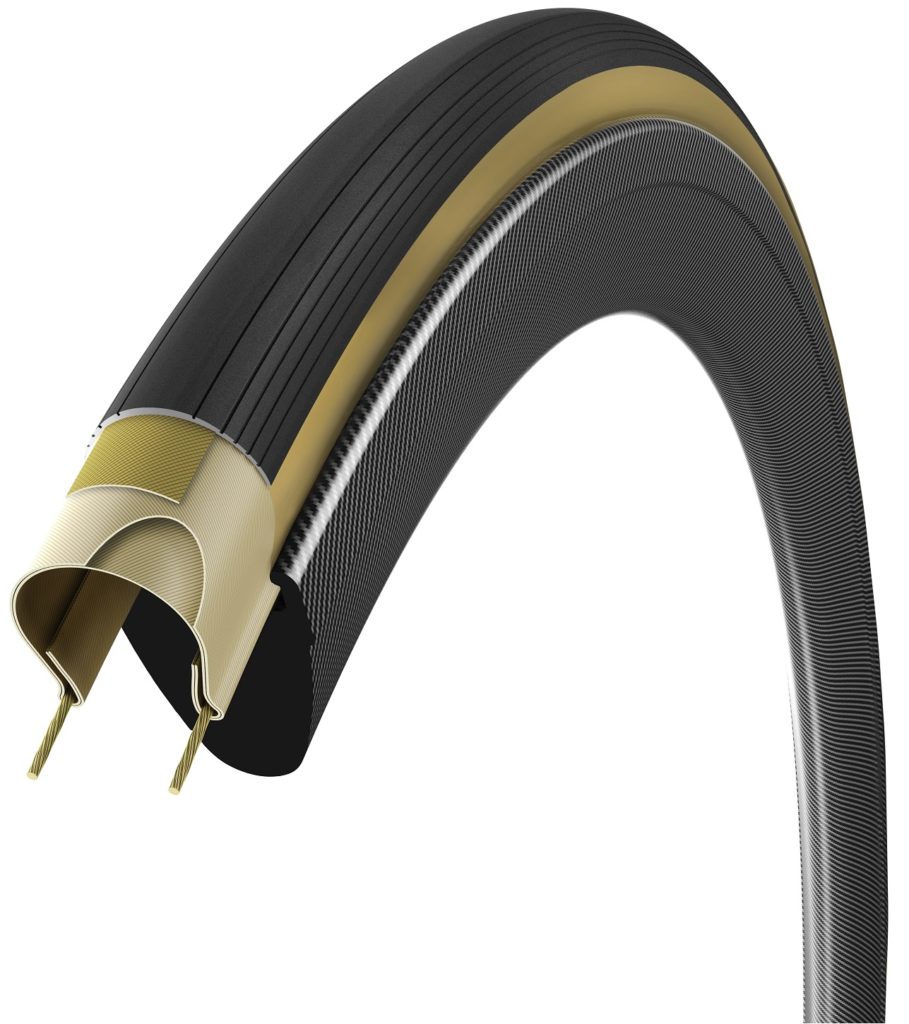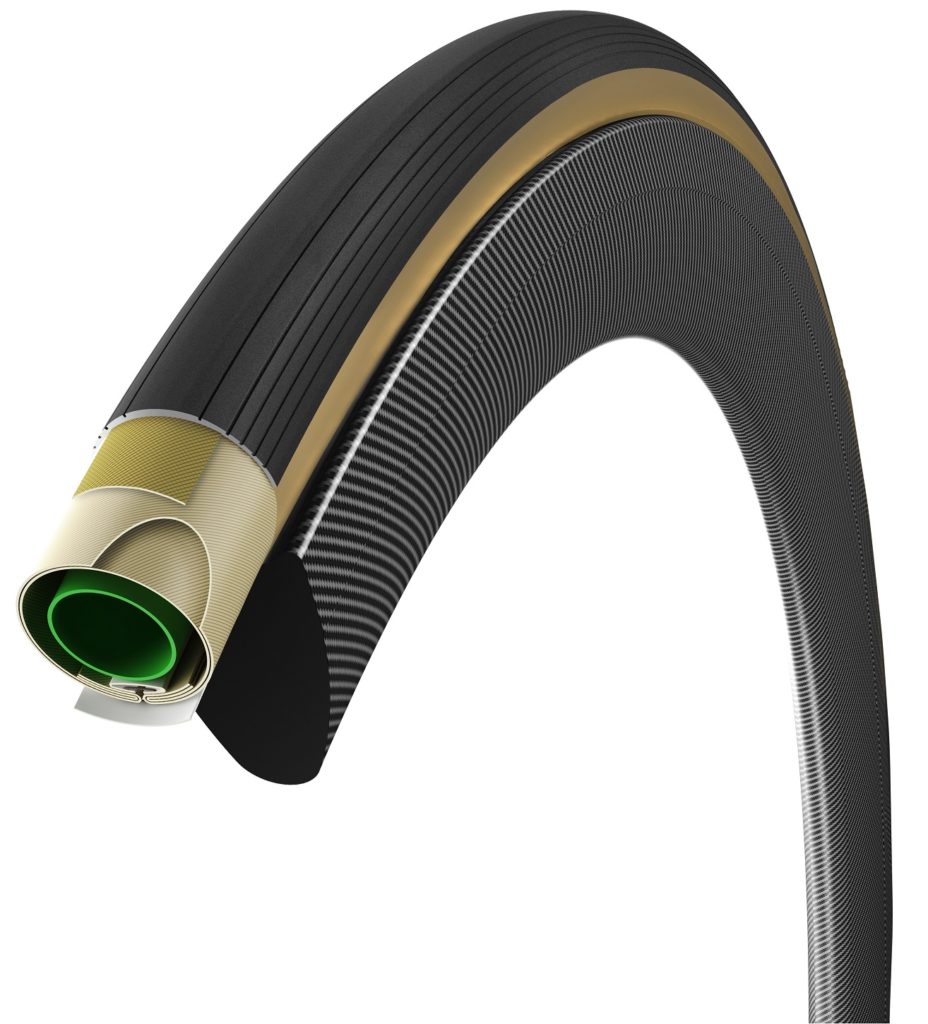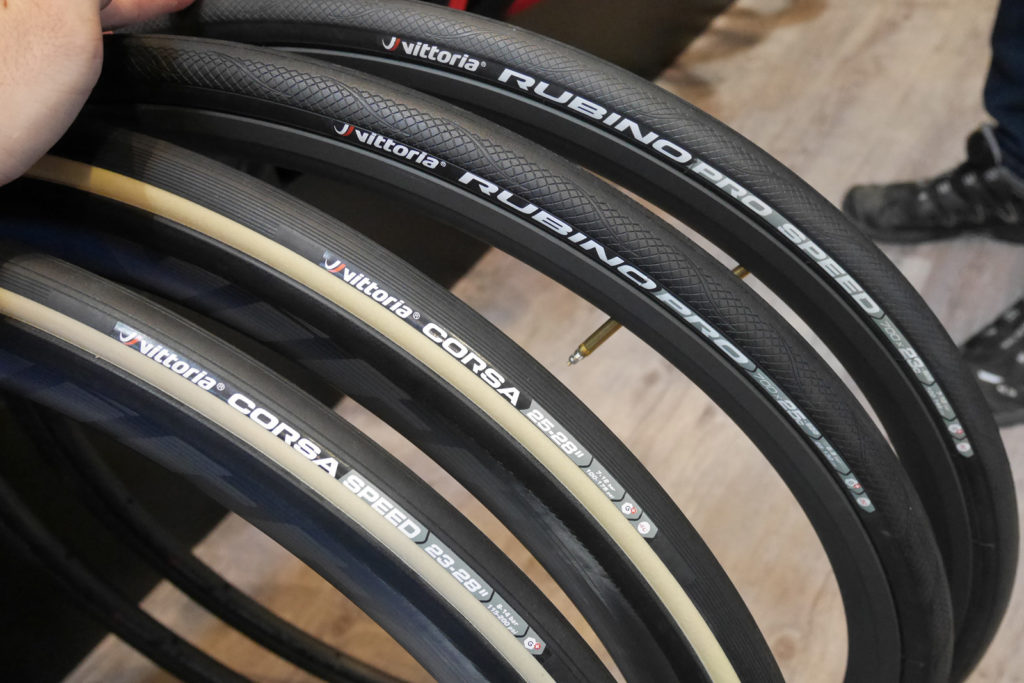Written by Nate Deck, Field Test Expert and TriSports Ambassador Team Athlete
As with so many pieces of equipment, triathletes are always looking for the option that will get them from Point-A to Point-B as quickly as possible. Bike tires are no different, but there tends to be a bit more confusion surrounding tires as there are so many variables that can go into tire selection. Just because Tire-A costs twice as much as Tire-B doesn’t mean that it is faster, and in fact, it may be slower. This guide will help walk you through finding the best tire for you and your ride, but first, we need a little background to get started!
History of the Tire
Originally, bike tires were actually not tires at all. Bike wheels were actually wooden and held together by iron rims similar to the wheels seen on wagons and stage coaches (Herlihy, 2004). Obviously, these did not give a very smooth ride, so riders began adding their own types of rubber coating to the wheels in an attempt to soften the bumps in the road (Hadland and Lessing, 2014). Eventually, in the late 1800’s, a man named John Dunlop realized that an even smoother ride could be achieved by filling the rubber tire with air. This became known as the “pneumatic tyre.” Édouard Michelin then further evolved this concept shortly before the turn of the century by creating the first detachable tire with an inner tube which held the air and could be replaced in the event of a flat tire (Herlihy, 2004).
While the bike tire has evolved immensely since the late 1800’s, the idea is basically the same. Today there are three main types of tires in use, and that is where we will start our journey to find your the perfect tire!
Types of Tires
Clincher
The first, and most popular tires on the market today are clinchers. These tires clamp to the rim of the wheel by a lip on the edge of the tire that corresponds to a lip on the edge of the wheel. These tires require a separate inner tube to hold air in the tire as well as provide the pressure to keep the tire on the rim.
Tubeless
The next tire is the tubeless tire. These are in many ways identical to the clincher except, as the name implies, without the inner tube. Many clinchers are also labeled “tubeless ready,” meaning they can be used either with or without an inner tube.
Tubular
The final type of tire is the tubular tire. These tires were once the only type of tire professional racers would use, but as technology has improved, many racers are now switching over to clinchers for convenience and ease of use. These tires have the inner tube sewn into outer rubber of the tire which allows less material to be used which makes them roll faster. These tires must be glued on to the rim of the wheel which makes changing a flat tire more difficult, not to mention the fact that you must change the whole tire because the inner tube cannot be removed.
So which tire do you need? It depends on what type of wheel you have. If you don’t know, it is usually marked on the side of the tire, or you can check the manufacturer’s website. If all else fails, you can just try to remove the current tire you have. If there is no lip on the rim and it is glued on, you have a tubular. If there is no inner tube, you have a tubeless. If there is an inner tube, you have a clincher.
Things to Consider
There are many variables to consider, and some that are unique to each type of tire. So now that you know what you need, let’s dive in and sort out all the details.
Size
There are two main measurements that determine tire size. The first is diameter, which is determined completely by the size wheel you have. The second is width, which is variable based on the size of your wheel and our personal preference. The most common size of road bike wheel is 700c (we won’t go into mountain bike wheels since this is focused on triathletes… sorry Xterra racers-we’ll cover that in another article). Unless you have a very small bike, in which case you may have 650c wheels, you most likely have 700c wheels.
The next measurement, the width, can vary a bit and it depends on your personal preference. Most bikes come with 23mm tires from the store, but the current trend is to ride 25mm tires due to the fact that they roll faster at the same pressure and do a better job at dampening the bumps in the road. You can get tires as small as 21mm and as big as 28mm, but 23 and 25 are the most common. Most wheels will be able to handle any of these sizes, but your frame may cause some issues. Again, check your manufacturer’s website to see if there is enough room if you want to use one of the larger sizes. Usually 25mm will be alright, but not all bikes can handle 28mm tires!
Tread
The next thing to look at is the type of tread you want. There are an infinite amount of tread patterns available so I’ll only cover the basics here. The first are slicks. They are totally smooth and have no tread whatsoever. These are great for race day in dry conditions, but they will lose traction quickly when a little water is present. A great example of this tire is the Vittoria Corsa Speed.
The next are all around tires and usually have a slick center with a bit of tread at the edge of the tire. These will allow you to have the speed of the slicks when you are going straight, and added traction for turns. There are multiple race tires that employ this tread for extra traction and avoiding having to use different tires on race day. A great example of these tires are the Vittoria Rubino Pro or Continental Grand Prix 4000.
The last are every day or commuter tires. They will generally have tread all over for use in any condition. These are great for training tires or to put on your commuter bike. A great example of these would be the Continental Grand Prix 4-season or Vittoria Rubino Pro Endurance.
Threads Per Inch (TPI) and Tire Construction
Another thing to look at in tires is the threads per inch (or TPI) and the tire construction. In the description of most tires you will find information about what goes into the various layers of a tire. Things like kevlar will help resist punctures but will also add to the weight of a tire. Special rubber compounds on the tread will help with grip on the road. Look for information like this that aligns with what you want in a tire.
There will also be a line about the TPI. This indicated the number of strands of nylon or other material that are running through your tire. A higher TPI tire will be more soft and therefore will roll faster. It will also be lighter since there is less rubber needed to help the tire together. A lower TPI tire will be more durable over many miles of riding, but it will also be heavier and slower rolling due to being stiffer. Again, it all depends on your needs. A higher TPI is better for racing and speed. A lower TPI is good for training and commuting.
Special Needs
There are a few things to consider depending on whether you are getting a clincher, tubular, or tubeless tire. When buying a clincher, you may see a folding tire or a wire bead tire. Folding tires are shipped folded up in a box and are generally lighter. A wire bead tire will be sold to you already in a round shape because of the wire running around the lip of the tire. There is really no reason not to go with a folding tire as they are lighter and don’t cost much more than a comparable tire.
Another thing to consider with a clincher is the inner tube you are using. Make sure you pick up a few extra for flats that may come your way. For more info on inner tubes, check out our Beginner’s Guide to Bike Tubes!
If you are buying a tubeless tire, make sure to pick up a tubeless stem to inflate the tire as well as some sealant to get it all rolling. Similarly, if you are buying a tubular tire you will need some tire glue or gluing tape to get the tire installed to your rim. You may also want a shop to install them for you if it is your first time, but ask if you can watch so you know how to change your tire in the event of a flat. Nothing is worse than being stuck on the side of a road with a flat and no idea how to change it!
Conclusion
Hopefully you are prepared to walk through the process and pick a tire that best suits your needs. Don’t be afraid to try out a few and see which ones work best for you!
 About the Author: Nate is a husband, father, triathlete, and teacher. Nate likes to help others learn from his triathlon mistakes and successes, aiming to encourage athletes new to triathlon. When he’s not hanging out with teenagers, he can be found swimming, biking, and running around central North Carolina, blogging, or on twitter @n8deck.
About the Author: Nate is a husband, father, triathlete, and teacher. Nate likes to help others learn from his triathlon mistakes and successes, aiming to encourage athletes new to triathlon. When he’s not hanging out with teenagers, he can be found swimming, biking, and running around central North Carolina, blogging, or on twitter @n8deck.![]()
Bibliography
Hadland, Tony and Lessing, Hans-Erhard (2014). Bicycle Design, An Illustrated History. MIT Press. ISBN 978-0-262-02675-8.
Herlihy, David V. (2004). Bicycle, The History. Yale University Press. ISBN 0-300-10418-9.

